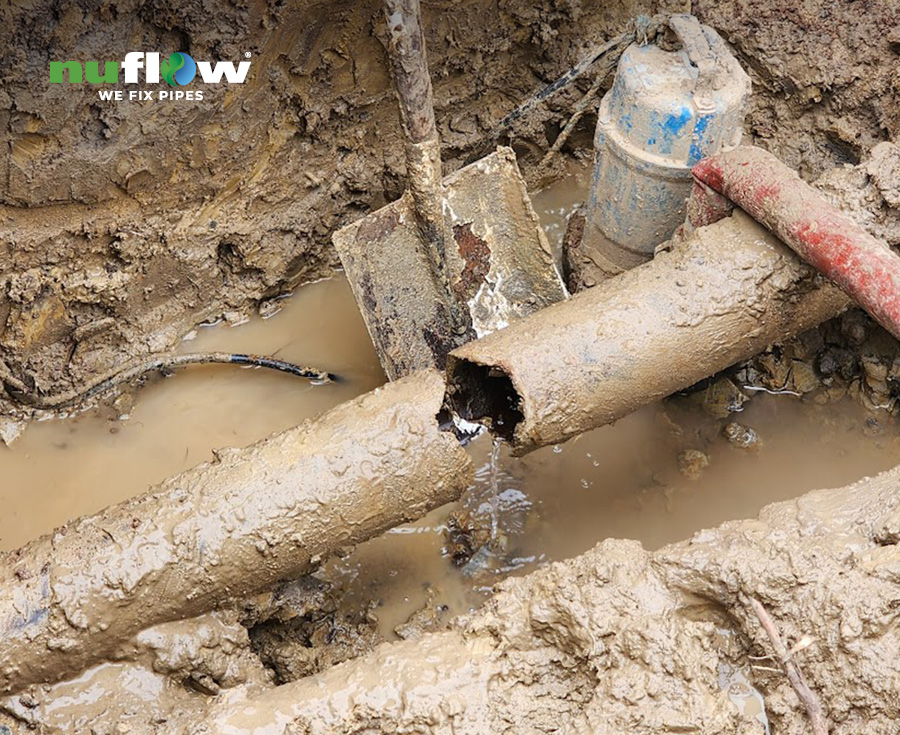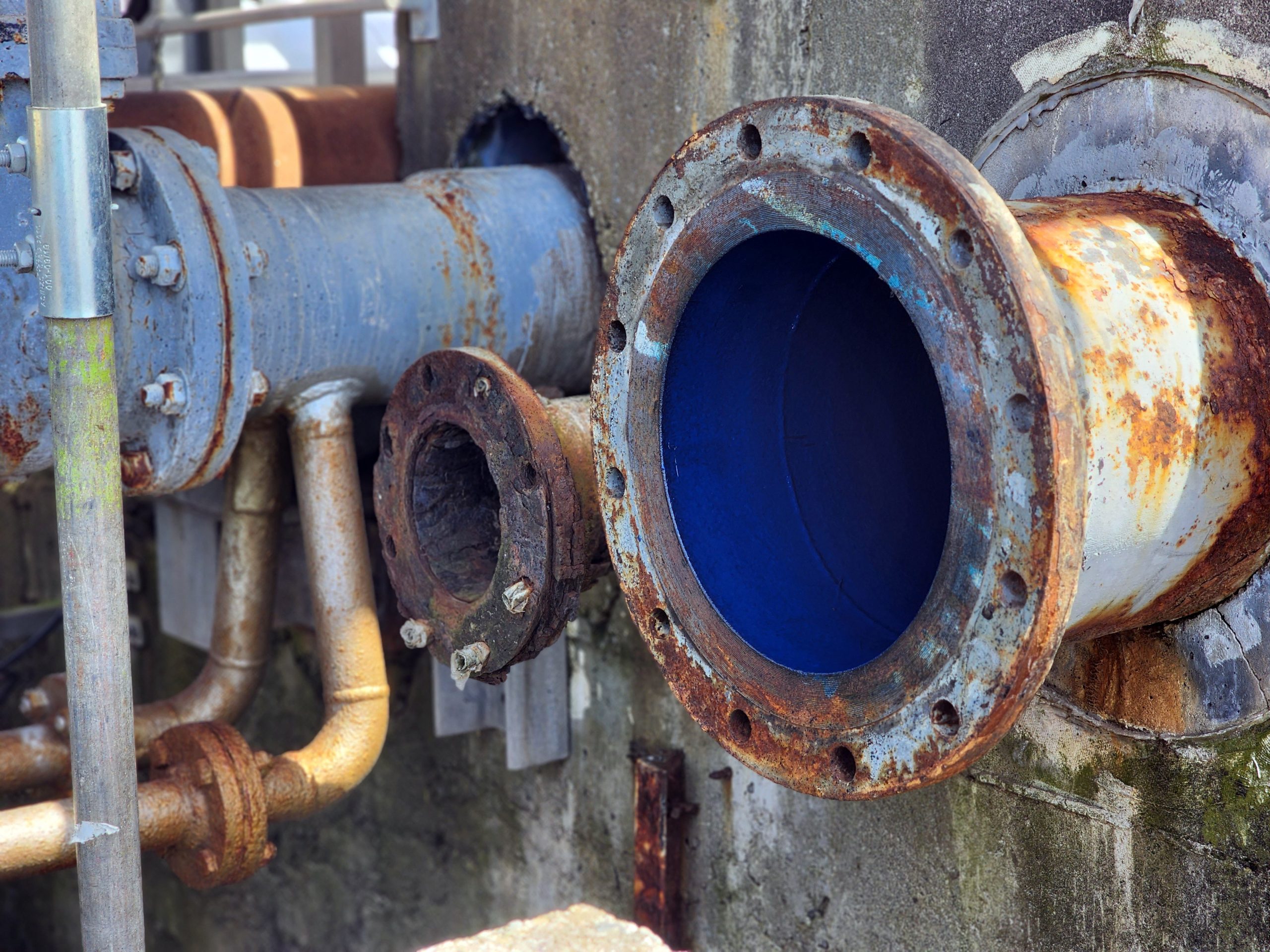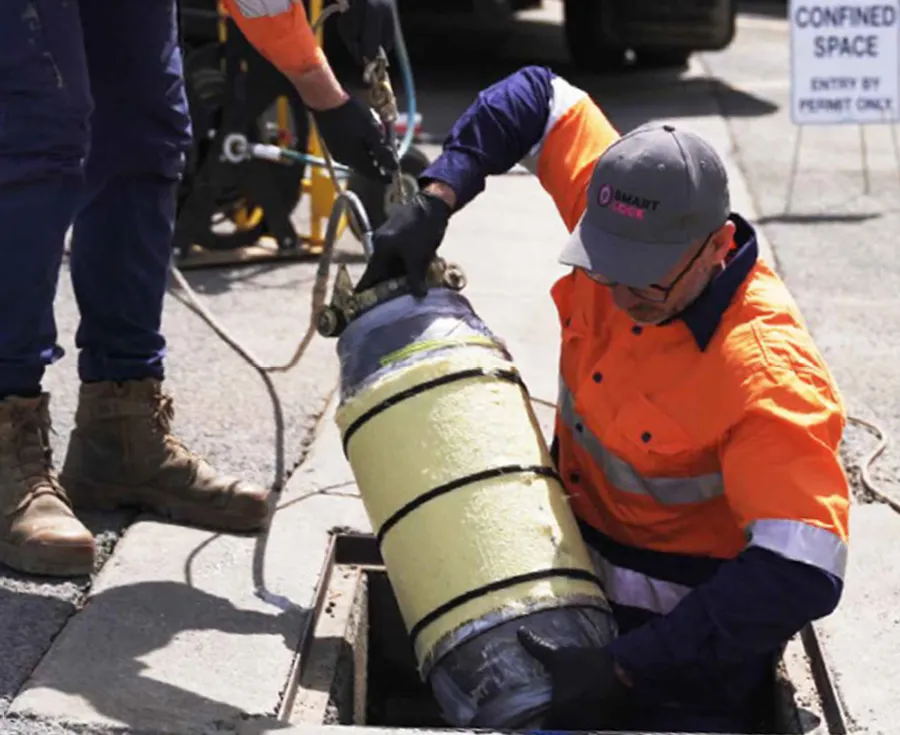What was once a widely used building material, asbestos is now recognised for the danger it poses to human health. Known for its carcinogenic properties, the material is resistant to heat, electricity and corrosion, which made it a seemly great addition to various construction, industrial, insulation and textile products in the mid-20th century.
However, asbestos exposure is now known to cause a number of health risks, particularly when it makes its way into our water systems. That makes it important to be aware of the potential dangers your pipes could be exposing you to.
The rising risks of asbestos pipes
In the early to mid-1900s, most pipes and water systems were constructed from asbestos concrete and cement. These are still operating today, with the Government’s Asbestos Safety and Eradication Agency finding that 26% of water mains are made from asbestos.
Concerns surrounding exposure to asbestos have typically been minor. Asbestos fibres have been present in water systems for a long time, but never at toxic concentration levels. However, this is beginning to change. The recommended lifespan of these pipelines is around 70 years, which means some are reaching the end of their time. As they develop cracks and continue to degrade, the levels of asbestos fibres leaching into the water supply and the associated danger grows.
Mesothelioma is one such danger, a cancer that forms in the lungs or abdomen, along with lung, ovarian and laryngeal cancer. Getting ahead of this now and finding ways to limit your exposure can help save you from these lifelong health issues.
How asbestos gets into your pipes and water systems
Asbestos pipes are not the only way the material can get into your system. Because they don’t dissolve or evaporate, it’s easy for asbestos fibres to travel long distances before getting into your water supply. And if your pipes are already made from asbestos, this is upping your exposure levels even more. Understanding how this can happen can help you prevent it and take action.
Natural disasters
In times of floods, fires, or other disasters, a lot of damage can be left behind. This can expose asbestos-containing building materials to the air and provide an opportunity for fibres to gain access to waterways. Demolition to clear debris during these disasters can create similar problems. As these fibres flow through the water ways, they can leach into water supplies for everyday drinking and even affect local wildlife.
Construction
Renovation of older buildings can cause asbestos concrete to crumble and break, then make its way into the air. Materials made before the 1980s that are likely to contain this substance include:
- siding shingles
- insulation
- textured paint and patching
- artificial ashes and embers used in fireplaces
- vinyl floor tiles
- vinyl sheet flooring
- stovetop pads
- walls and floors around woodburning stoves
- hot water and steam pipes.
- Oil and coal furnaces
So, removal or alteration of any of these can cause exposure. Plus, any rainwater that collects waste on these sites can flow into the drinking supply.
Ways you can minimise your exposure
Talk to the experts
To test the asbestos levels in your water supply, reach out to professionals who are trained in asbestos inspections and testing. They will be able to assess whether you have asbestos pipes and what level of concentration you are exposed to.
Invest in filtration
A high-quality filtration system can help you reduce the number of asbestos fibres you’re ingesting. Reverse osmosis systems are the most effective.
Reline your pipes
Eliminating your asbestos pipes all together will prove highly effective in limited your exposure. However, full asbestos pipe removals involve demolition and destruction that can release more fibres into the air and water systems. With relining, you don’t have to worry about this. You can benefit from an all-new pipe without moving a thing.
Why you need Greenline
At Nuflow, we have a specially designed solution perfect for this scenario. Our Greenline resin was developed by our in-house chemists and engineers to be potable water-safe. With an AS/NZ 4020: 2005 approval, it can be applied to your asbestos pipes, encasing the dangerous fibres without exposing you to dangerous chemicals. This structurally repairs the areas that are already corroding and prevents further deterioration that puts you at risk. Since it has the ability to withstand long-term pressure of up to 1800kpa, and a high crush and burst strength, you can trust that it has the capability to withstand significant impacts.
Reline your asbestos pipes with Nuflow
No matter if you want to reline your whole pipeline or just the corroded sections, our trusted experts can help. We’ll inspect your assets for damage and make a plan to reline them in the most effective manner. That way, you don’t have to worry about the potential risks you and your family could be exposed to from asbestos fibres. Talk to us today, and visit the Federal government’s asbestos eradication agency for more information.




